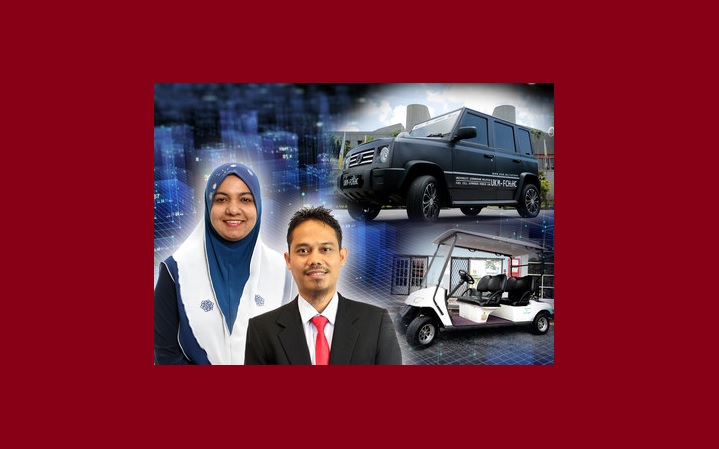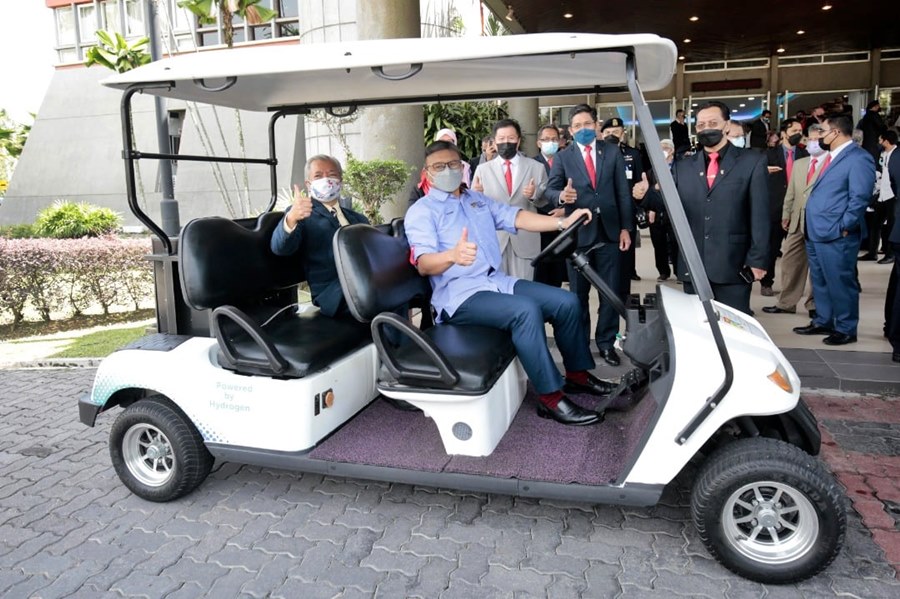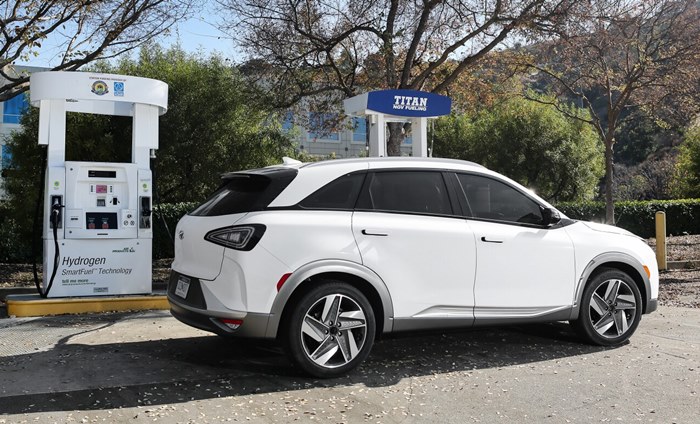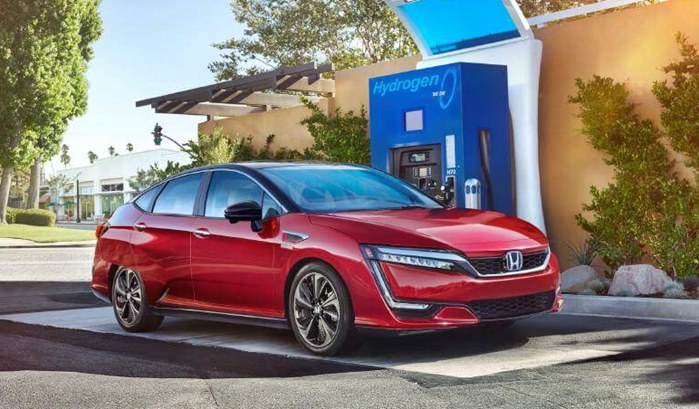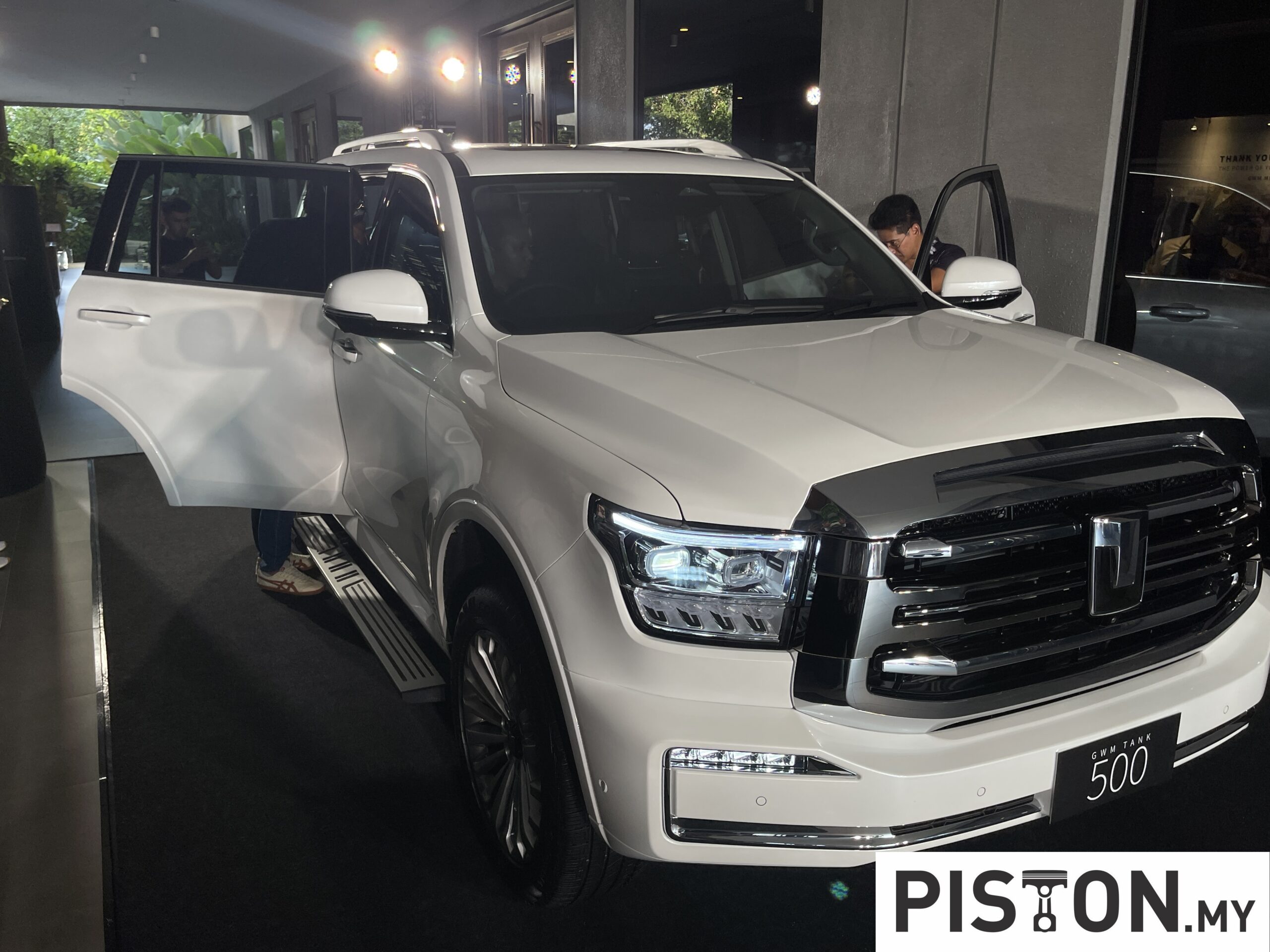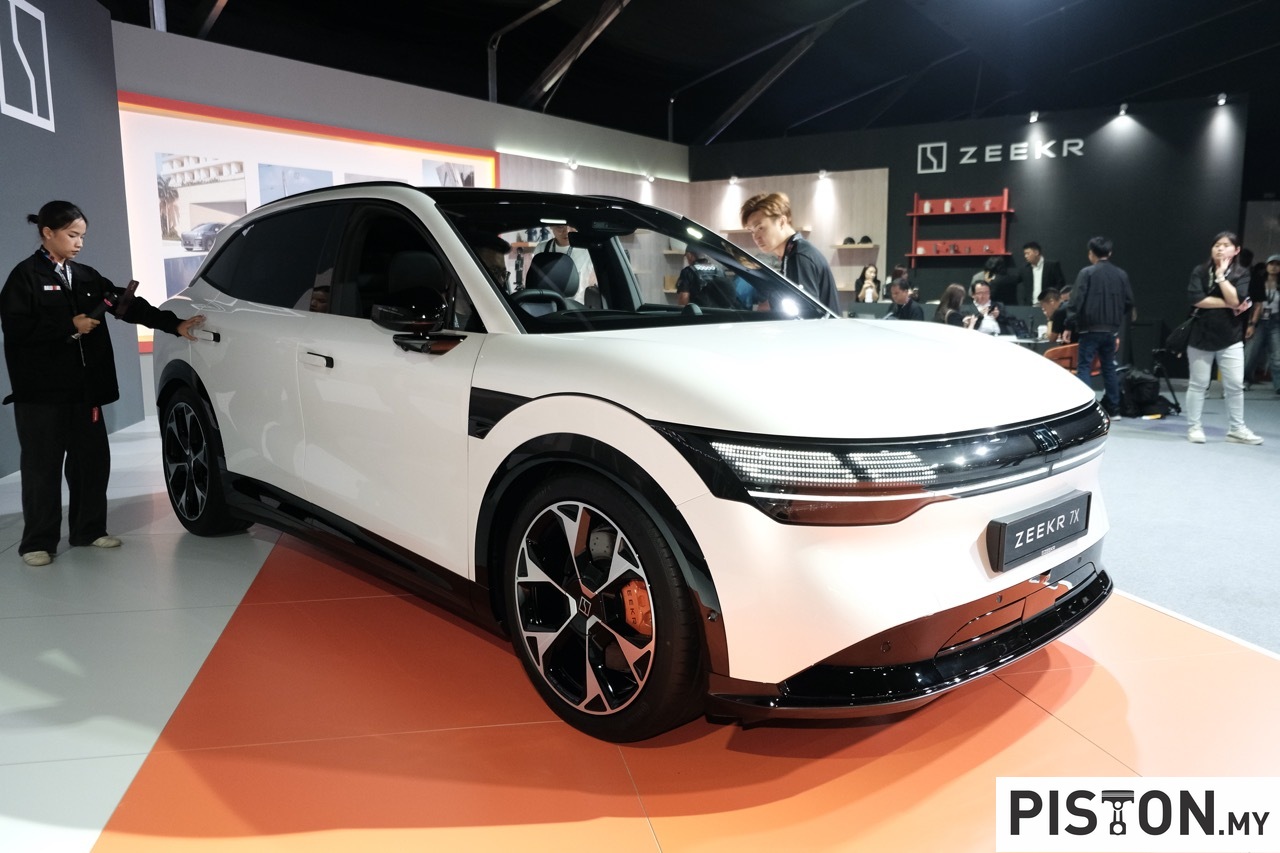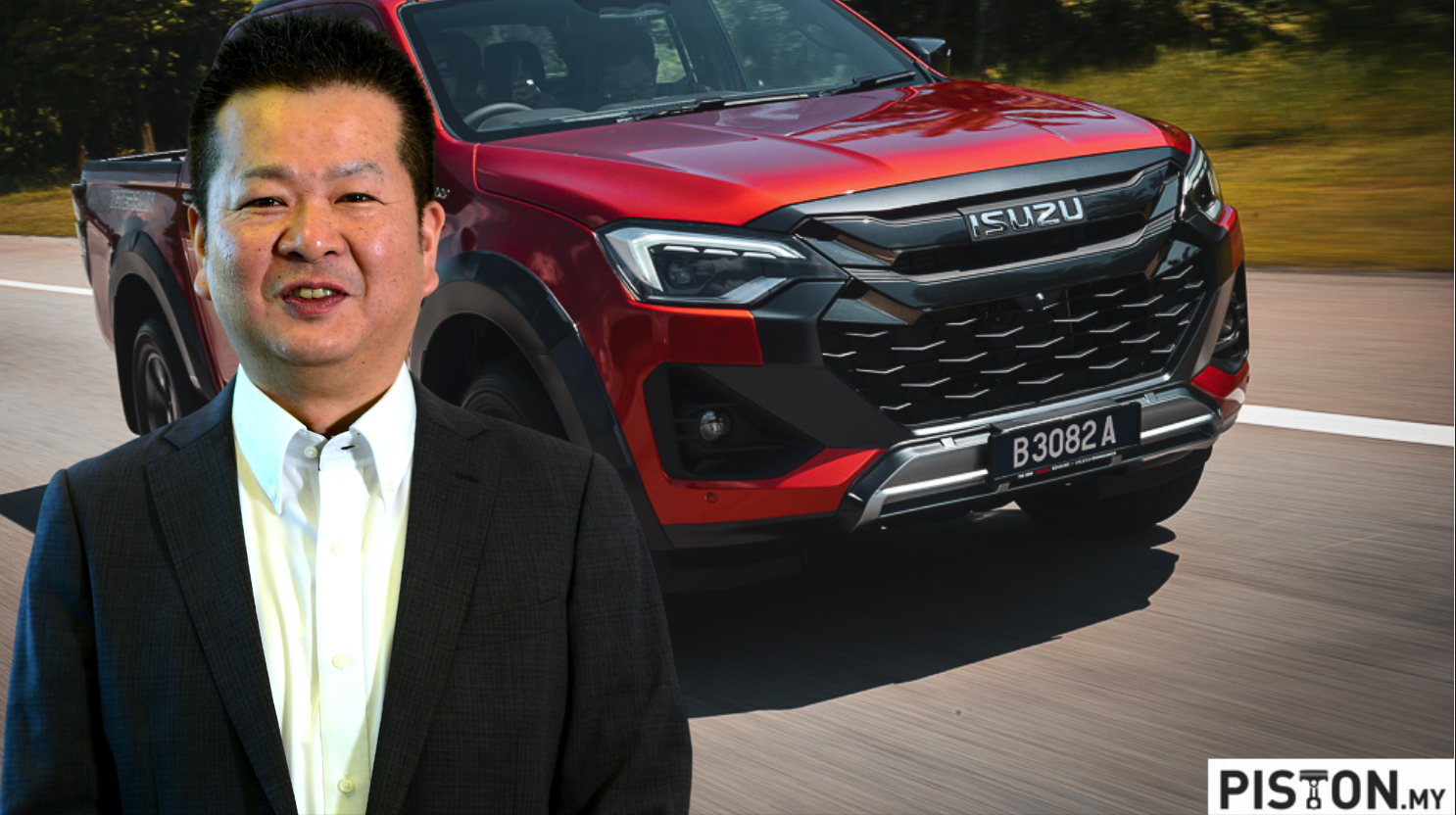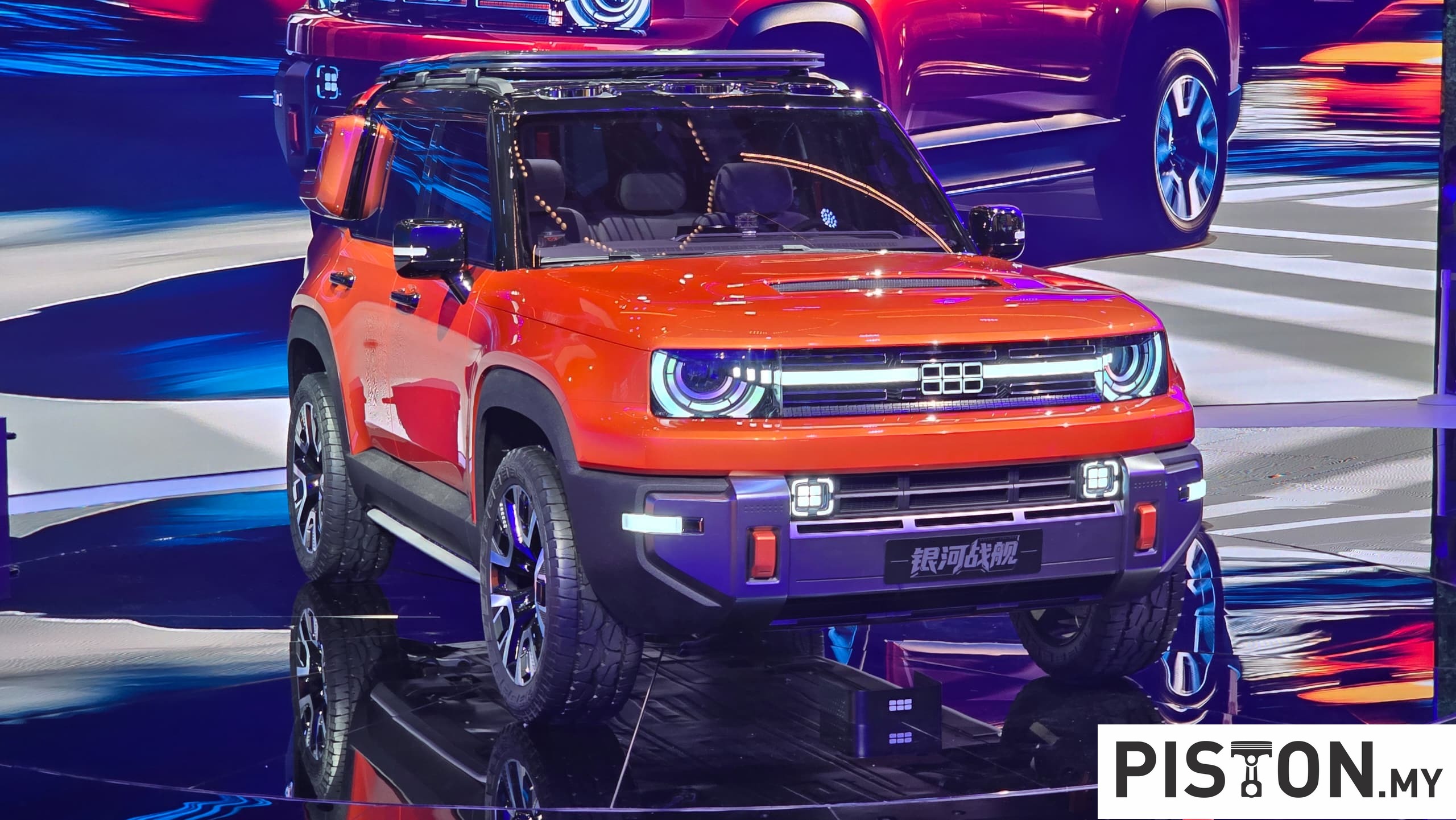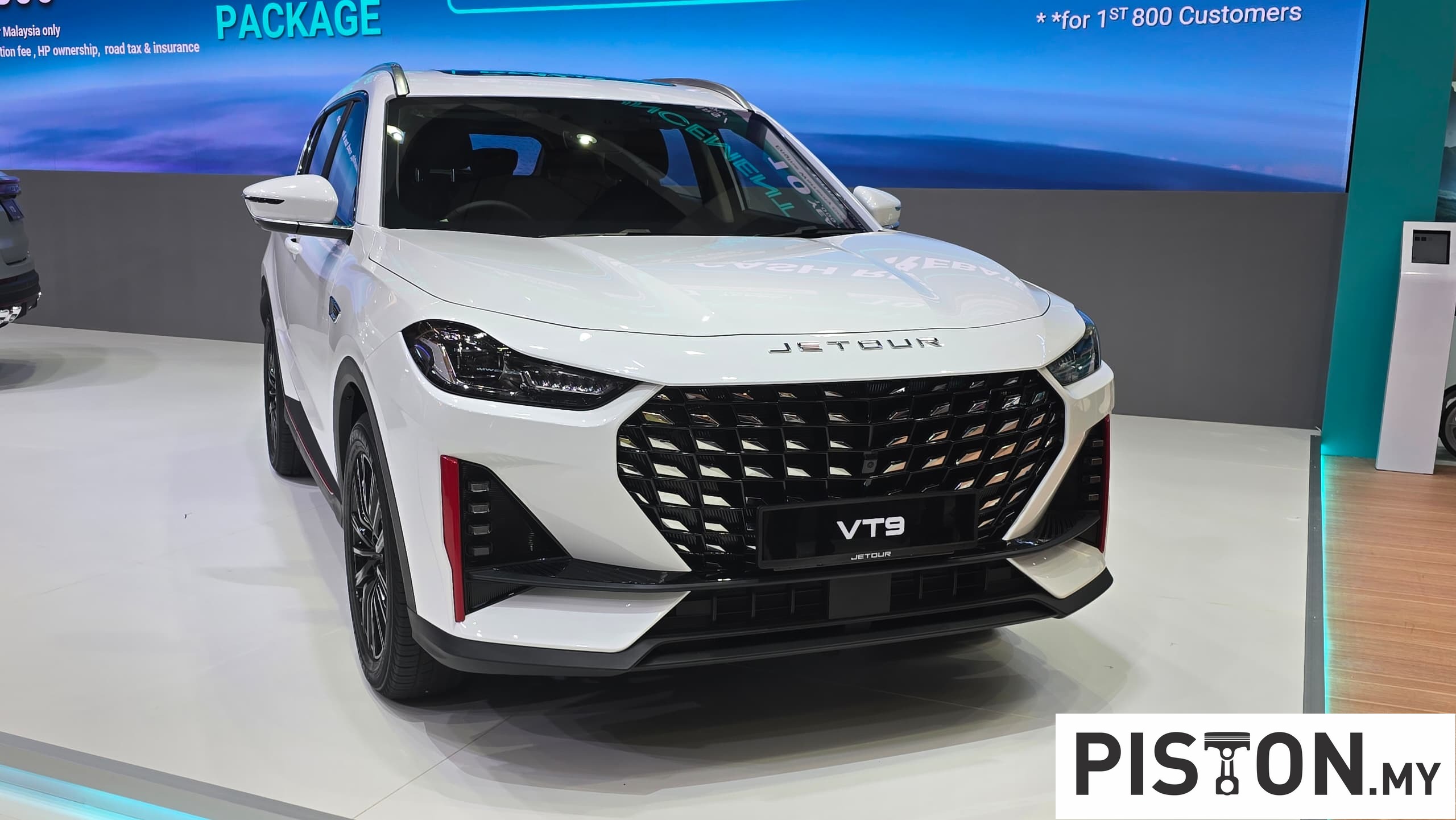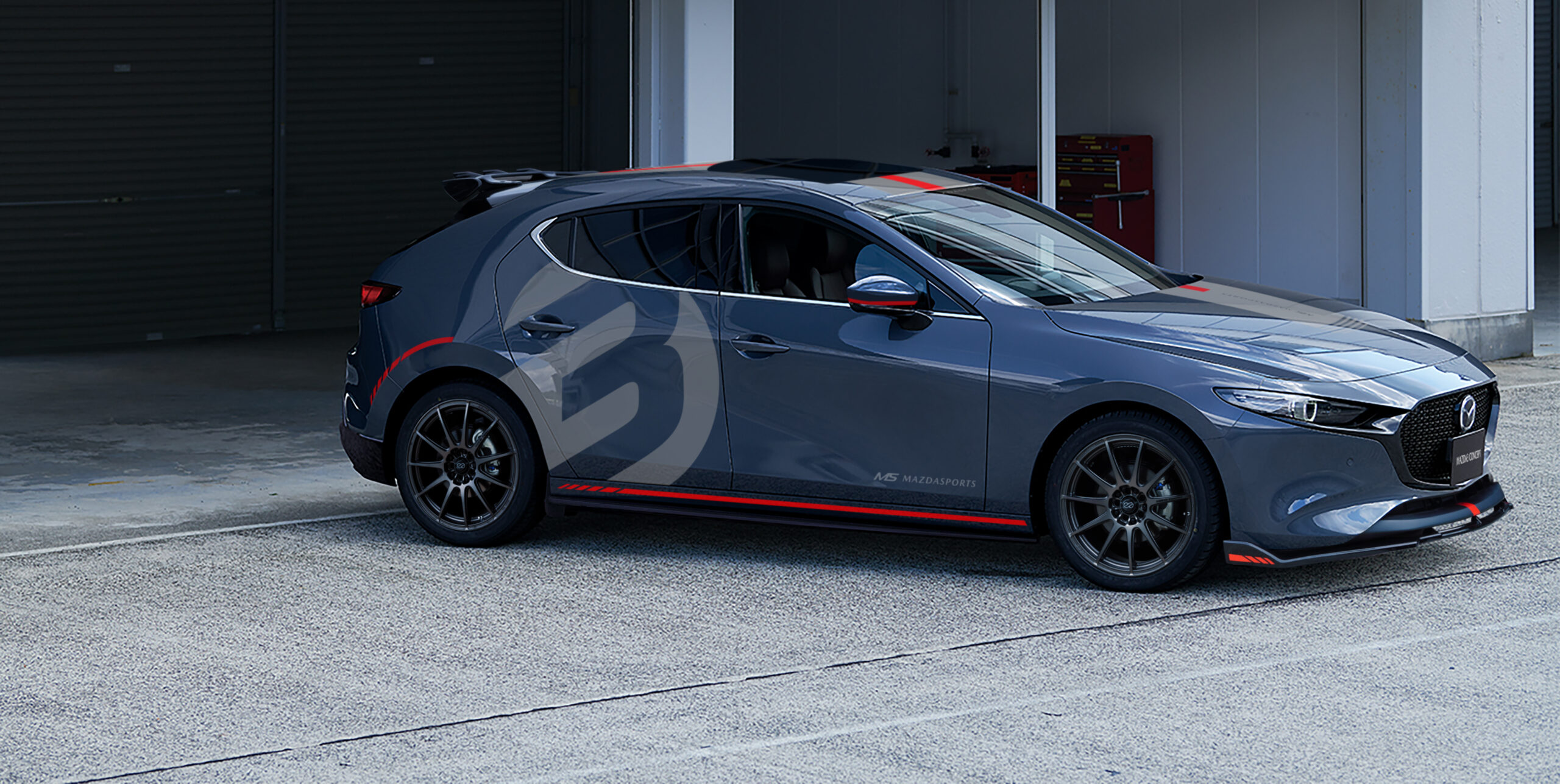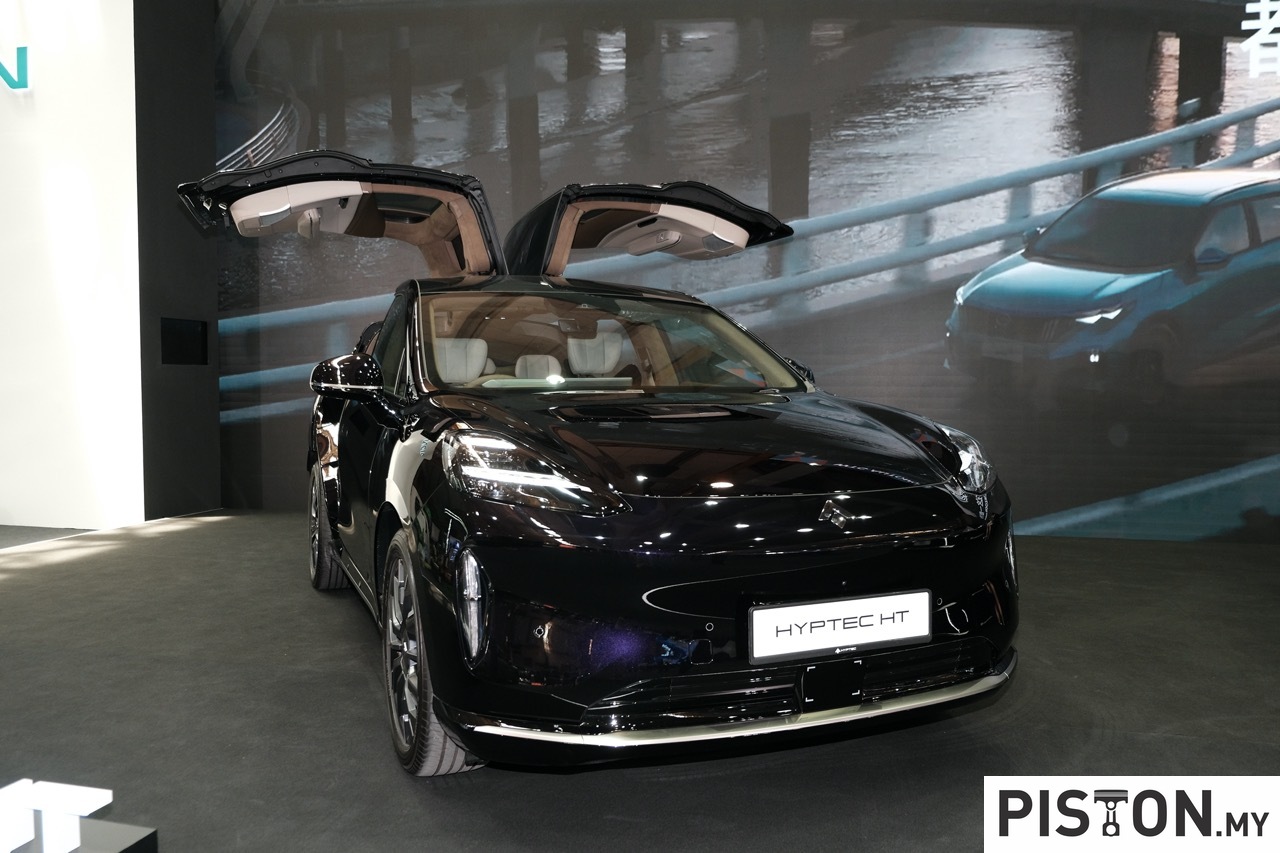Fuel cells, originally developed for spacecraft, use hydrogen in a chemical reaction that can generate electricity that can then be sent to the battery pack. Hydrogen is chosen because it is readily available and renewable, and a Fuel Cell Electric Vehicle (FCEV), like a Battery Electric Vehicle (BEV), generates no emissions although water is formed. The FCEV approach would be more ‘green’ as it generates its own electricity rather than drawing it from power stations that themselves may generate emissions.
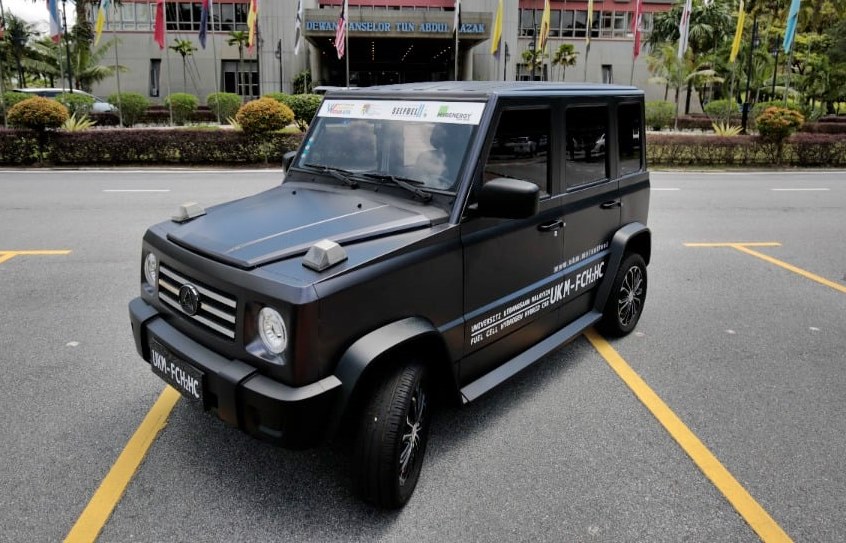
The auto industry has been developing FCEVs for some years and companies like Toyota and Honda have even sold such vehicles. Now a team from the Fuel Cell Institute (Sel Fuel) at University Kebangsaan Malaysia (UKM) has also developed hydrogen FCEVs in collaboration with industry partners through the modification of electric vehicles.
Professor Ir. Dr. Siti Kartom Kamarudin and Associate Professor Dr. Mohd Shahbuddin Mastar @ Masdar from the UKM Fuel Cell Institute, who led the R&D team, developed the UKM FCH2HC, a mini version of a hybrid SUV, and the UKM-FCH2B, a buggy.
According to Siti Kartom, the UKM-FCH2B is unique as the battery has been replaced with a fuel cell system as an electrical power source to improve the buggy’s operational efficiency, as well as a 3000W stationary power generator for electrical appliances (campers will love the idea).
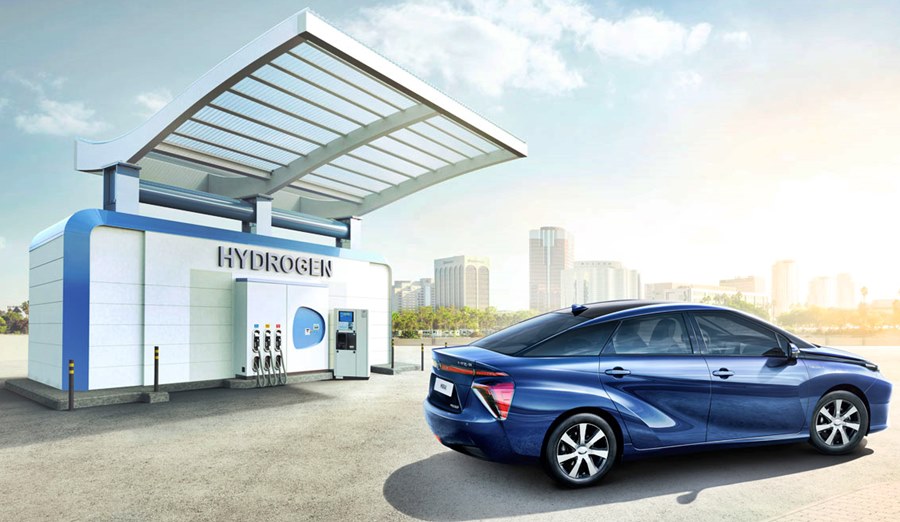
“The UKM-FCH2HC is a hybrid vehicle that combines a fuel cell and a battery in a 0.5 ratio, with each power source capable of providing a capacity of up to 10 kW, allowing the vehicle to travel further. The fuel cell system is equipped with humidifiers and water coolers as supporting units to ensure optimal system performance at all times,” she said.
“During the chemical reaction, hydrogen and oxygen combine to produce electrical energy and harmless water vapour as a by-product, making hydrogen safe because it does not contaminate or harm the surrounding environment, unlike liquefied petroleum gas,” she explained.
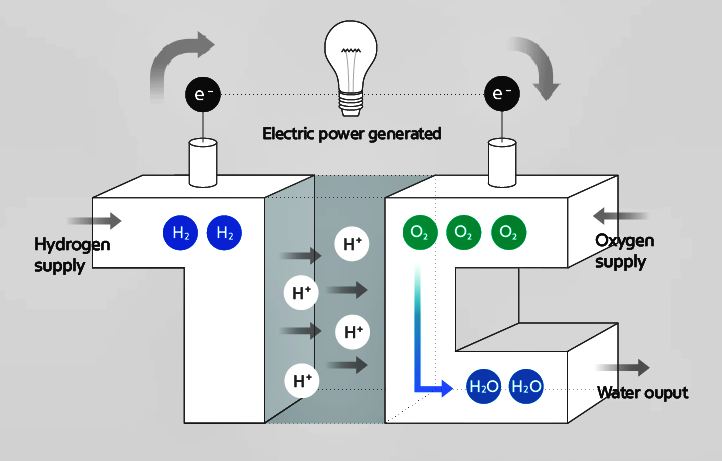
Project began 15 years ago
“We began this project about 15 years ago with fundamental research to develop high-quality catalysts and membranes. Only in the last 3 years have we been able to bring together all of the fundamental components needed to develop the vehicle’s system,” she said. “As both the SUV and buggy will be used on campus, the speed is limited to 60 km/h. My team and I are looking forward to working on a second generation of the vehicles with increased capacity.”
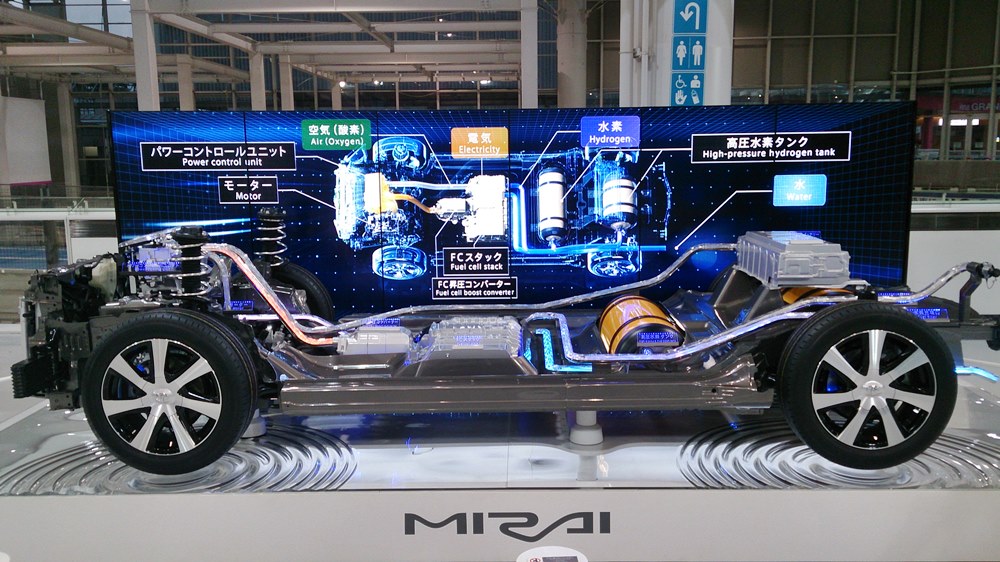
Quick refuelling time
Mohd Shabuddin added that the quick charging time of a FCEV is a significant advantage. Fully electric vehicles require 7 to 8 hours to charge, depending on the charging station and battery capacity. FCEVs, on the other hand, offer faster refuelling times that can take less than 3 minutes depending on the pressure [of the hydrogen supply],” he said.
He added that one of the most difficult aspects of developing hydrogen cell fuel vehicles is their high cost. “We believe in the country’s direction toward greener energy will result in mass production of these vehicles, lowering the cost of production. The recent 12th Malaysian Plan includes hydrogen as one of the government’s renewable energy initiatives to develop hydrogen-powered vehicles, which I believe is a good start for the future of this technology,” he said.
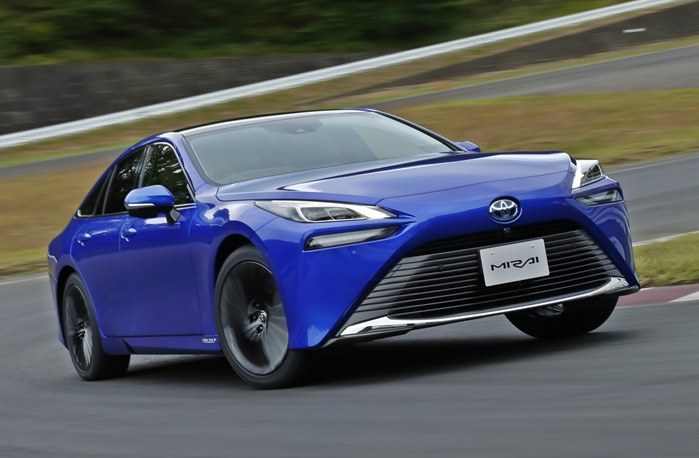
The UKM Fuel Cell Institute has also been appointed as the Head of the Research Excellence Consortium Programme in the Transportation and Mobility category by the Ministry of Higher Education. The launching of the FCEVs recently symbolises the support and commitment of UKM towards Malaysia’s Low Carbon Mobility Development Plan 2021-2030 to reduce greenhouse gas up to 45% by 2030 and to be listed as a carbon-neutral country by 2050.
The next step after BEVs
FCEVs would be the next step after BEVs but even in advanced countries like America and Japan, the hydrogen fuelling network is small. The Japanese government has a plan to expand the hydrogen network as it wants to create a ‘hydrogen society’ that can be carbon-neutral. However, the costs are still high at this time and although there are FCEVs in use, the number is relatively small to justify investment in hydrogen stations for FCEVs to refuel.
Hyundai Motor Group aims to take lead in technology for future hydrogen society




